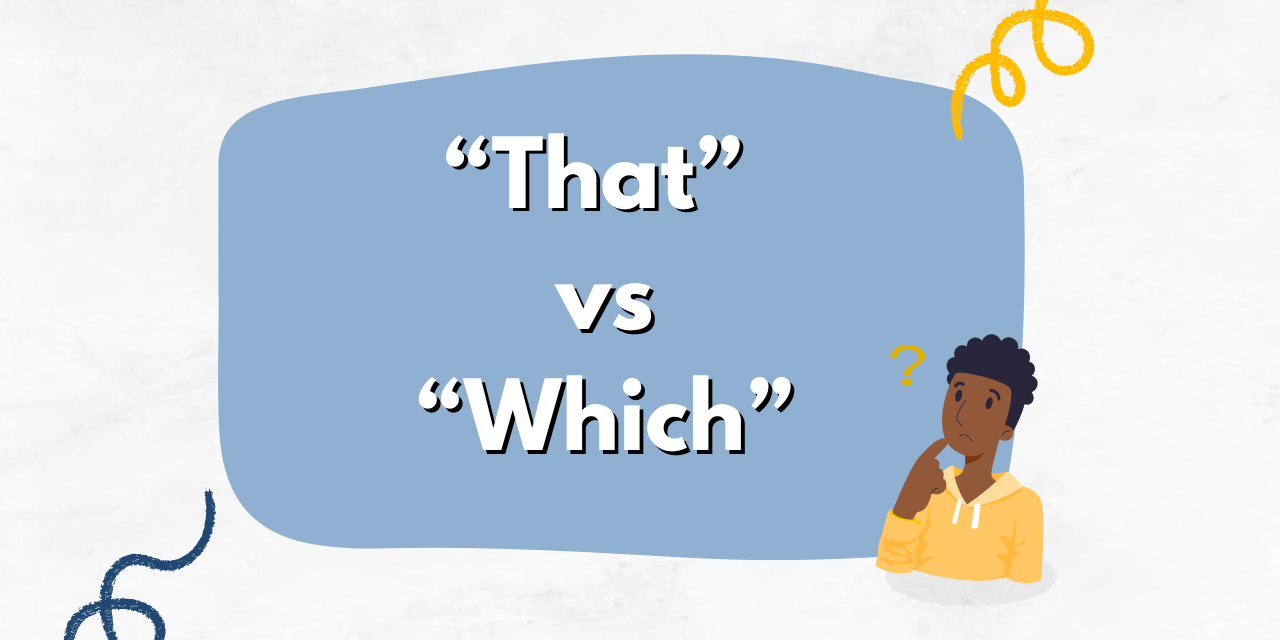Which vs That in Scientific Writing: Why It Matters
Understanding which vs that in scientific writing is crucial for maintaining clarity and precision. Many researchers, especially non-native speakers, struggle with using these relative pronouns correctly. In scientific papers, even small grammatical mistakes can lead to misinterpretation or reduce the credibility of your work. This guide explains the differences between "which" and "that" and helps you apply them confidently in your writing.

Why “Which vs That in Scientific Writing” Matters More Than You Think
Scientific writing should be precise. Using the wrong word—even a short one like “which” or “that”—can change the meaning of your sentence. Clear writing helps readers understand your methods and findings without confusion.
Basic Rules of Which vs That in Scientific Writing
Let’s break it down:
- Use “that” when the information is essential to the meaning of the sentence.
- Use “which” when the information is extra and can be left out.
✅ Example:
- The bacteria that cause infection were isolated. (Essential to the meaning.)
- The bacteria, which appeared red under the microscope, were isolated. (Extra detail.)
How to Decide Between Which vs That in Scientific Writing
If removing the phrase changes the meaning of the sentence, use “that.” If you can take it out without changing the main point, use “which.”
Tip: “Which” is almost always used with a comma. “That” is not.
Common Mistakes in Using Which vs That in Scientific Writing
Writers often choose “which” because it sounds more formal. However, using it in the wrong place can confuse readers. Here’s how to stay on track:
- ❌ The test, that was repeated, showed different results.
- ✅ The test, which was repeated, showed different results.
Also, avoid starting several sentences in a row with the same word. Variety keeps your writing fresh and engaging.
Impact of Which vs That in Scientific Writing on Your Paper
Editors and reviewers notice unclear writing. A paper full of incorrect word choices might be seen as careless, even if the science is strong. Using the right word helps you sound more credible and professional.
Quick Reference
| Use That | Use Which |
|---|---|
| For essential info | For extra, non-essential info |
| No commas | Use commas |
| Changes the meaning if removed | Doesn’t change the meaning if removed |
Writing Tools for Mastering Which vs That in Scientific Writing
If you're unsure, online writing tools like Grammarly or the Hemingway App can check your grammar and suggest changes. Reading your sentences out loud can also help you catch mistakes.
Real Research Examples of Which vs That in Scientific Writing
In a Method Section:
- We selected the method that reduces error rates.
(This tells the reader exactly what kind of method.)
In a Results Section:
- The sample, which was stored at 4°C, remained stable.
(This adds a detail, but it’s not essential.)
Tips to Make Your Writing Stand Out
To write clearly:
- Use simple, direct language.
- Vary your sentence beginnings.
- Add transition words like “however,” “therefore,” “in contrast,” and “for example.”
These steps will make your content easier to read and more engaging.
Conclusion
Choosing between “which” and “that” is a small decision with a big impact. By following a few simple rules, you can write more clearly and avoid confusion. Great writing is not just about great ideas—it's about presenting those ideas in a way your audience understands.
If you need help with scientific proofreading or academic proofreading, PaperEdit is here to support you. For further assistance, feel free to contact us via email at editing@paperedit.com or through WhatsApp at +447458935352 You can also fill out the contact form for additional inquiries.

